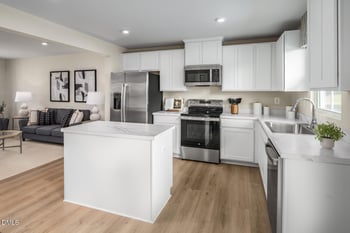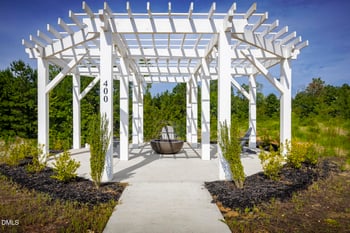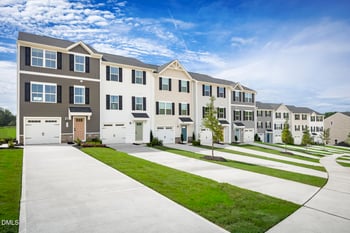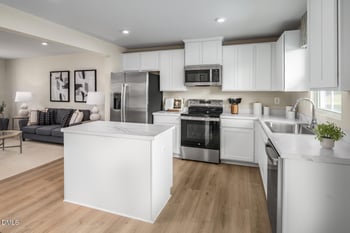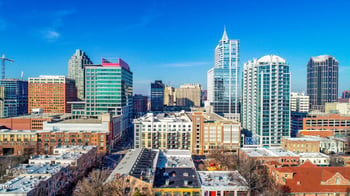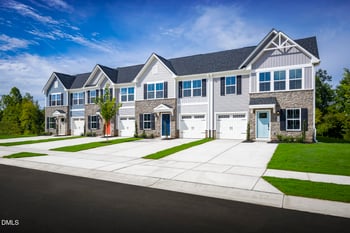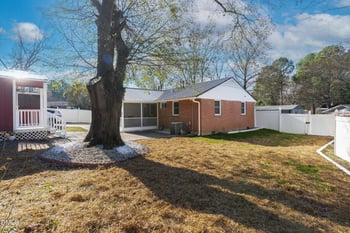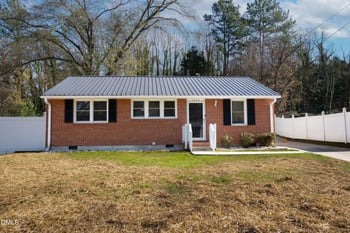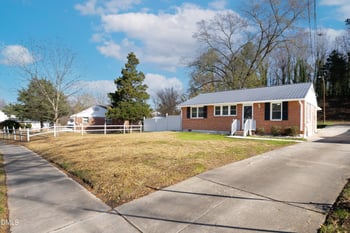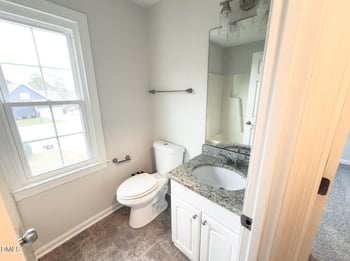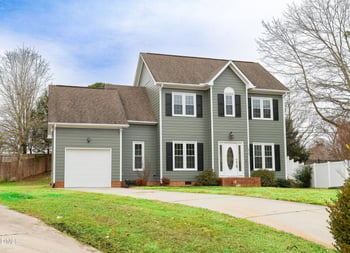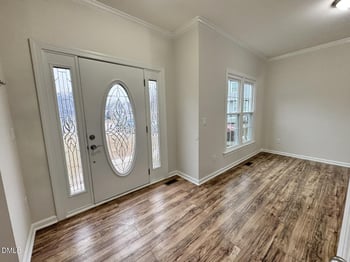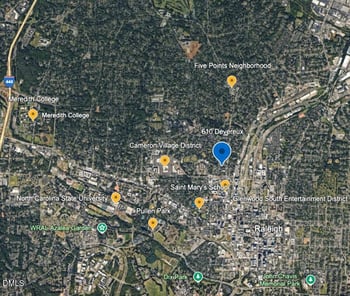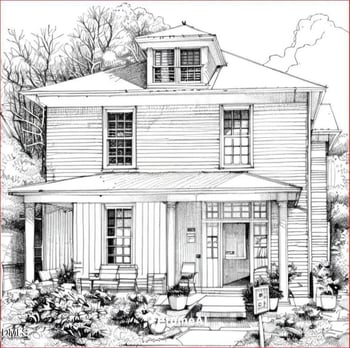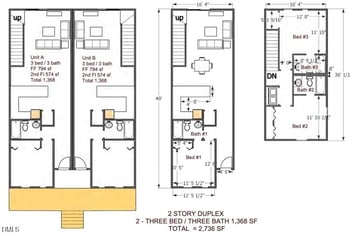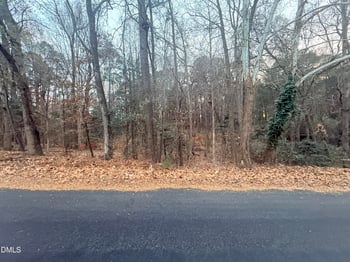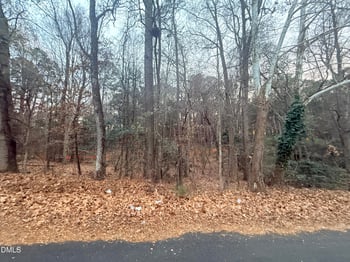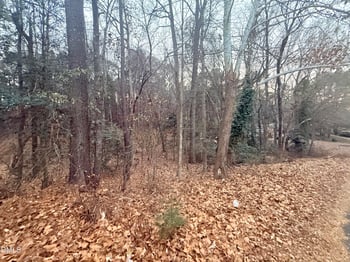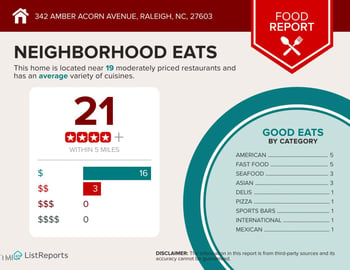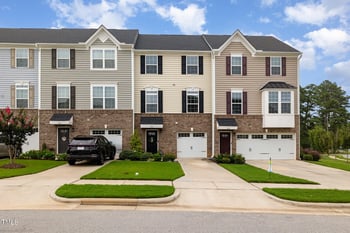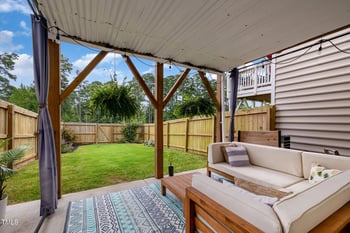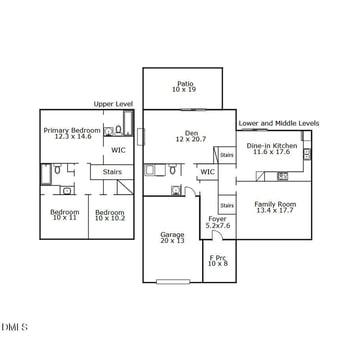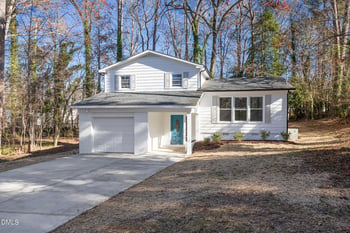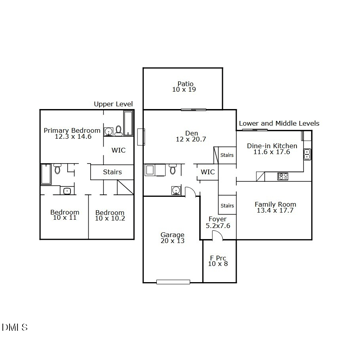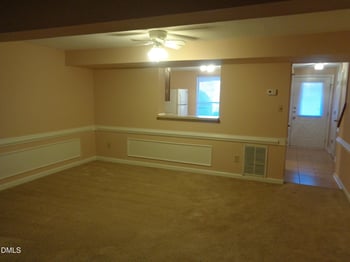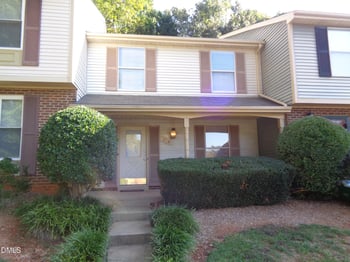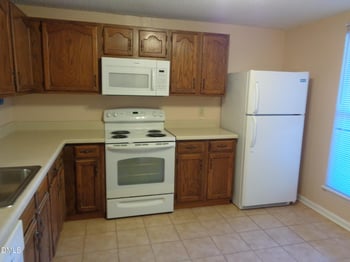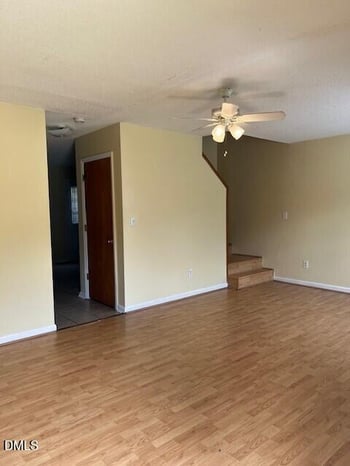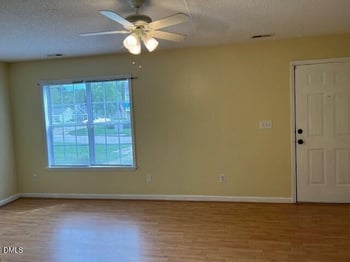Public Transportation in Raleigh, NC
Are you moving to Raleigh? Understanding the area's transportation options can help navigate the Triangle like a local and potentially save thousands on transportation costs.
Raleigh, NC, is a city where driving is the most common mode of transportation. However, there are no train systems available like in larger cities. The good news is that if you live in Raleigh, getting around is still reasonably easy. You can choose to drive, ride the bus, call an Uber, bike, or walk to get to your destination.
This area is growing rapidly, and the interstate highways and transportation systems make it easy to get around. With inflation at 2.7%, people worry about the price hikes. Thankfully, Raleigh is considered to be fairly affordable, especially when compared to other cities of its size.
Transportation is a thing that almost everyone uses. Luckily, commute times are lower than the national average. Nonetheless, you should utilize the ample public transportation options in Raleigh.
Whether you're commuting to work, exploring downtown, or connecting to other Triangle cities, here's everything you need to know about getting around the City of Oaks.
Here is what you need to know about public transportation in Raleigh, NC.
1. GoRaleigh
The Raleigh public transportation system, GoRaleigh, provides bus services throughout the city. There is a transit map to help you determine which route you need to use.
With over 35 routes covering everything from downtown corridors to suburban neighborhoods, GoRaleigh connects residents to employment centers, shopping districts, educational institutions, and entertainment venues.
GoRaleigh, formally Moore Square Transit Mall, has served the city of Raleigh's downtown transit hub since 1988 and has expanded considerably. This public transportation system serves local and regional buses and is accessible to all.
Typical fares are:
- $1.25 for adults
- $0.60 for people with disabilities
- $0.65 for Medicare card users
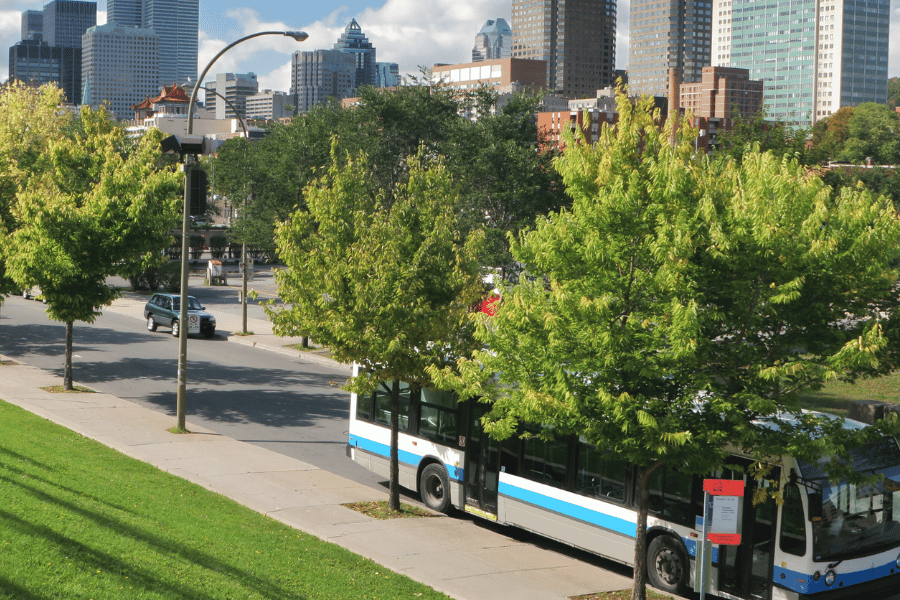
Always free for the following:
- Ages 65 or older with a GoRaleigh ID card
- Ages 12 or younger without ID, unless taller than 60 inches
- Ages 13-18 with a YouthGoPass
What Makes GoRaleigh Special:
- High-frequency routes on major corridors with buses running every 15-30 minutes during peak hours
- Air-conditioned buses equipped with bike racks and wheelchair accessibility
- Free Wi-Fi on all buses for staying connected during your commute
- Real-time arrival information through mobile apps and digital displays at major stops
2. The RLine
One of Raleigh's most innovative transportation solutions is the R-Line, an eco-friendly approach to urban transportation that has transformed how people move through downtown.
The R-Line runs approximately every 15 minutes and connects employees, residents, and visitors to retail, restaurants, entertainment venues, and parking in the Central Business District.
The R-Line stands out because it's completely free to ride and designed specifically for the urban core. Whether you're heading to a Hurricanes game, exploring the museums, or meeting friends for dinner in the Warehouse District, the R-Line eliminates the stress of downtown parking while providing a scenic tour of the city's highlights.
The route serves major destinations including the Raleigh Convention Center, Red Hat Amphitheater, Moore Square, Glenwood South, the State Capitol, etc.
R-Line Advantages:
- Frequent service every 15 minutes during operating hours
- Free rides for everyone
- Connects major downtown attractions, hotels, and business centers
- Eco-friendly vehicles reducing downtown emissions
- Service returned on May 5, 2024, after temporary suspension
3. Bikeshare and Alternative Transportation
Raleigh's commitment to sustainable transportation extends beyond buses. The city has been expanding bike infrastructure and alternative transportation options that complement the public transit network.
Bike-Friendly Features:
- All GoRaleigh buses are equipped with front-mounted bike racks
- Growing network of bike lanes and greenway trails
- Integration between cycling and transit for multi-modal trips
- Secure bike storage at major transit centers
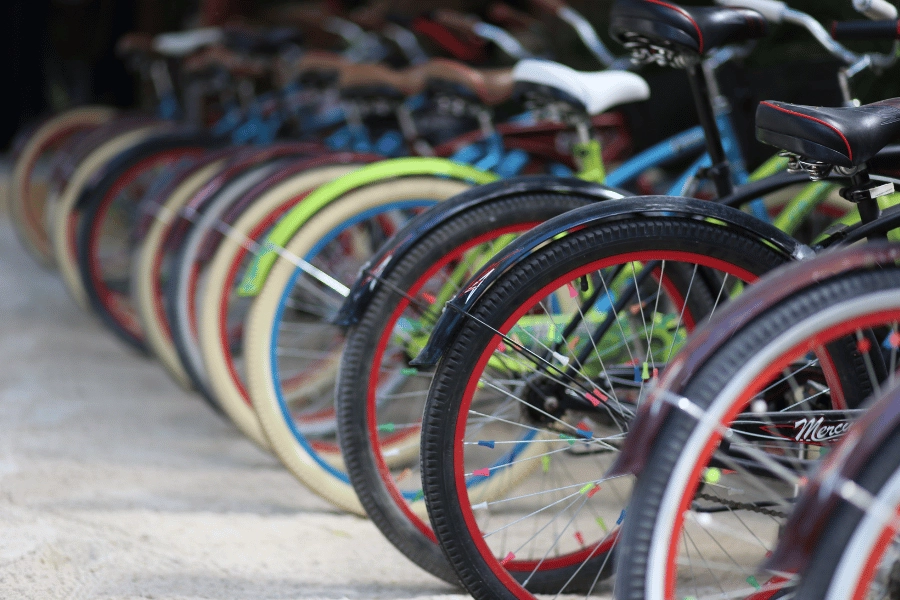
4. GoTriangle
While GoRaleigh handles local transit, GoTriangle opens up the entire Research Triangle to residents. This regional system connects Raleigh to Durham, Chapel Hill, Cary, Apex, and numerous suburban communities, making it possible to live in one Triangle city while working or studying in another.
GoTriangle operates regional bus and shuttle services, paratransit services, ride matching and vanpools, and other commuter resources and emergency ride-home programs.
GoTriangle aims to make public transportation accessible for all and improve the region's quality of life by connecting people and places through safe and reliable, and easy-to-use travel choices. GoTriangle is suitable for your budget, stress, and time.
You can pay for the bus with the exact fare, ticket, transfer receipt, or pass. The fares may differ for every trip, so make sure you know the cost of a ride.
GoTriangle resumed fare collection effective July 1, 2024, with fares at $5 a day, or $80 a month. However, university faculty, staff, employees, and affiliates, and UNC Hospital employees with an active UNC-Chapel Hill email are eligible for a free GoPass.
Key GoTriangle Routes for Raleigh Residents:
- Route 100: Raleigh (Hillsborough St.) to RDU Airport and the Regional Transit Center (RTC), providing crucial airport access
- Route DRX: Express service between Durham and Raleigh for faster regional commuting
- Route 300/305: Connections between downtown Raleigh, Cary, and the western suburbs
5. Wolfline
NC State University operates one of the most extensive campus transit systems in the country through the Wolfline. Even if you are not a student, understanding this system is valuable because it connects to multiple Raleigh neighborhoods and provides additional transportation options.
The Wolfline consists of multiple routes serving the expansive NC State campus and connecting to nearby residential areas where many young professionals and families live. NC State is served by multiple GoRaleigh and GoTriangle routes, creating seamless integration between campus and city transit.
The Wolfline buses serve all three campuses, three park-and-ride lots, official NC State housing, and privately owned apartment complexes located on city streets traveled by Wolfline buses on the way to or from these areas.
Benefits Beyond Campus:
- High-frequency service during school sessions
- Connections to popular neighborhoods like the Hillsborough Street corridor
- Integration with city transit for expanded route options
- Modern, well-maintained fleet
6. Raleigh-Durham International Airport
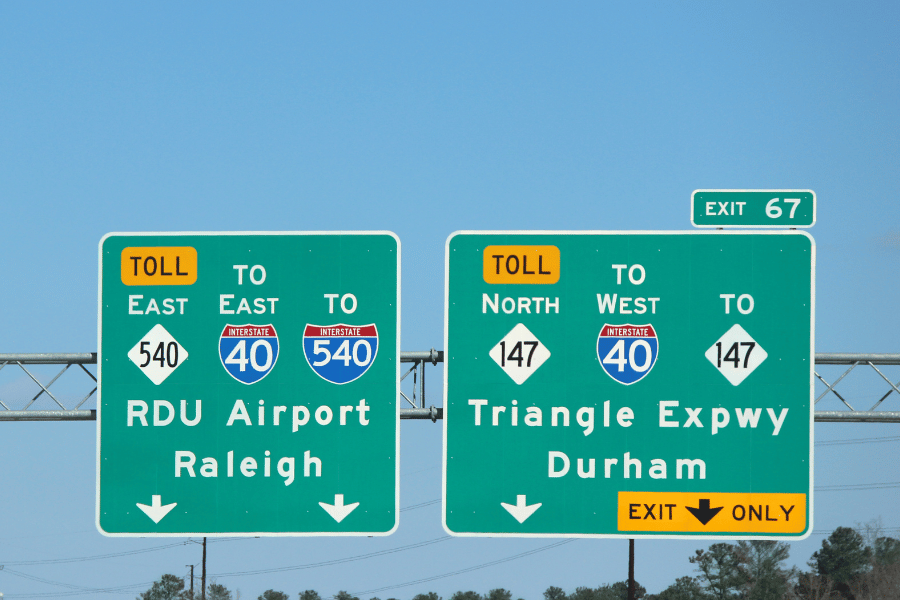
Raleigh-Durham International Airport is located in the center of the Research Triangle Region, and GoTriangle Route 100 provides public bus service from RDU to its Regional Transit Center, where riders can connect to bus routes throughout the region.
This connection means you can live in Raleigh without needing a car for airport trips, potentially saving hundreds annually on airport parking fees. The route provides reliable service for business travelers and vacationers alike, with connections available to reach virtually any Triangle destination.
While everyday public transportation is essential, it is also important to know the transportation options at RDU because some people do use flights as their form of traveling. Many companies provide transportation services from RDU to other destinations.
There are personal transportation services, shared ride transportation services, and tour and charter services at RDU. The center of Raleigh is around 15 miles from the airport, so it is a relatively quick ride with many different options to choose from.
The GoTriangle bus departs from both Terminal 1, zones 2 and 3, and Terminal 2, zones 6 and 7. This bus, however, will not bring you down directly; you will have to take the RDU Connect bus and then take Route 100 to downtown.
On the other hand, you can also use taxis, Uber, rental cars, and other services from RDU. There are many options for transportation. However, they may be more inconvenient.
7. Transportation Cost
According to Payscale, transportation expenses like bus fares and gas prices are 8% lower than the national average.
In Raleigh, 95.4% of commuters drive to work, which is more than nationwide. The average commute time in this city is about 23.7 minutes, but it will vary.
Car Ownership Costs (Monthly):
- Car payment: $400-600
- Insurance: $100-150
- Gas: $120-180
- Parking (downtown): $80-150
- Maintenance/repairs: $50-100
- Total: $750-1,180 per month
Public Transit Alternative:
- GoRaleigh monthly pass: ~$50-70
- GoTriangle monthly pass: $80
- Occasional ride-share/car rental: $100
- Total: $230-250 per month
The potential savings of $500-930 monthly can significantly impact your housing budget, potentially allowing you to afford a home in a more desirable neighborhood or save for a down payment faster.
When planning your move, there are certain things to consider regarding public transportation:
Before Moving:
- Test commute times using real transit schedules during your planned travel hours
- Download transit apps like Transit or the official GoRaleigh app
- Identify backup routes for reliable commuting
- Consider proximity to multiple transit options for flexibility
After Moving:
- Purchase monthly passes for better value if you'll use transit regularly
- Learn the system gradually, starting with familiar routes
- Take advantage of free transfers between buses
- Explore weekend service to discover recreational opportunities
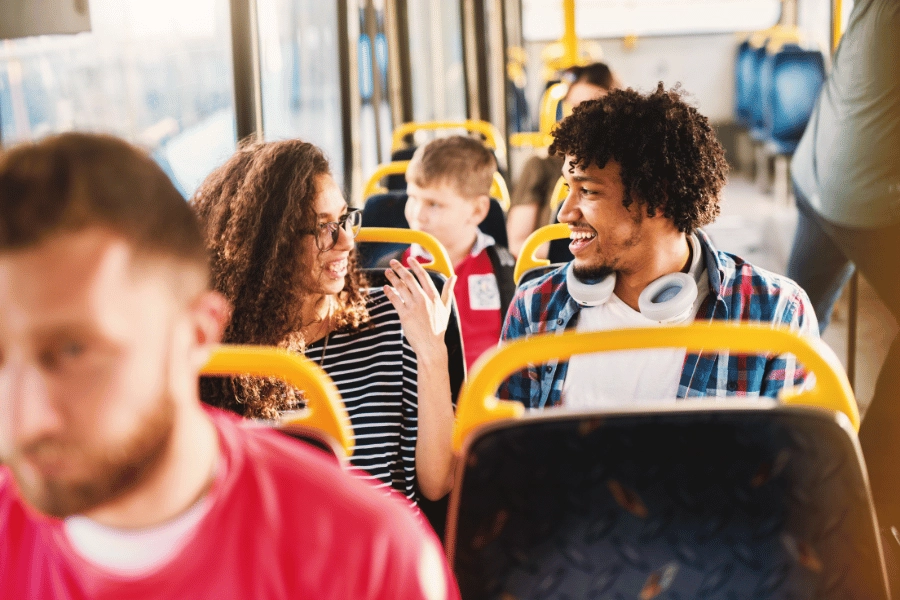
FAQs
Does Raleigh have good public transportation?
Public transportation in Raleigh is not as great as in other major cities. However, the bus services do get you where you need to go at many different times throughout the day. The RLine is one of the best free public transit systems that will bring you all around the downtown area.
Can you get around Raleigh without a car?
The best and most popular way to get around Raleigh is by car. The city does offer buses, but driving a vehicle may be more convenient for traveling. There are many parking spots and garages to use as well throughout the city.
How walkable is downtown Raleigh?
Downtown Raleigh is the heart of the city and has a walk score of 85 out of 100, so you can easily walk to almost everything you need. Many people who are in downtown tend to walk around rather than drive or take transit.
Methodology
Data was sourced from Payscale and the Bureau of Labor Statistics to determine the best public transportation options in Raleigh, NC.
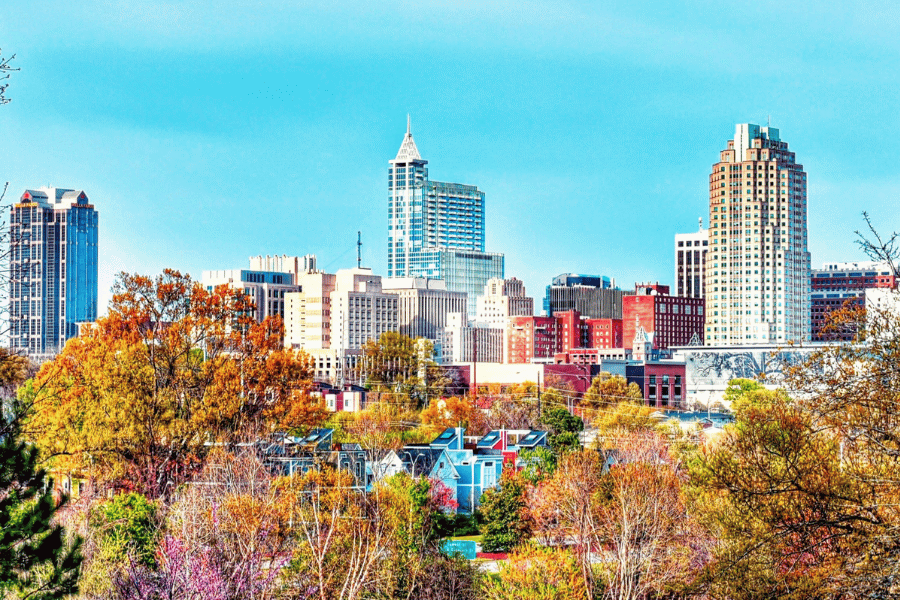
Public Transportation in Raleigh - The Bottom Line
Raleigh continues investing in transportation infrastructure with planned improvements and expansions. The city regularly updates service based on ridership patterns and community needs, meaning transit options will likely improve over time.
Public engagement regarding possible route alignments is planned to begin, indicating ongoing system development and expansion.
Ready to explore Raleigh's transit-friendly neighborhoods? Consider how public transportation access might influence your home search. Properties near major transit routes often maintain strong resale values and offer lifestyle benefits that extend far beyond the daily commute.
Whether you're a young professional, growing family, or empty nester, Raleigh's evolving transportation network provides options that can enhance your daily life while keeping more money in your pocket. The key is finding the right balance between transit access, neighborhood character, and your personal needs.
Contact our team to explore homes in Raleigh's best transit-connected neighborhoods. We understand how transportation access impacts daily life and property values, helping you make informed decisions for your Triangle lifestyle.
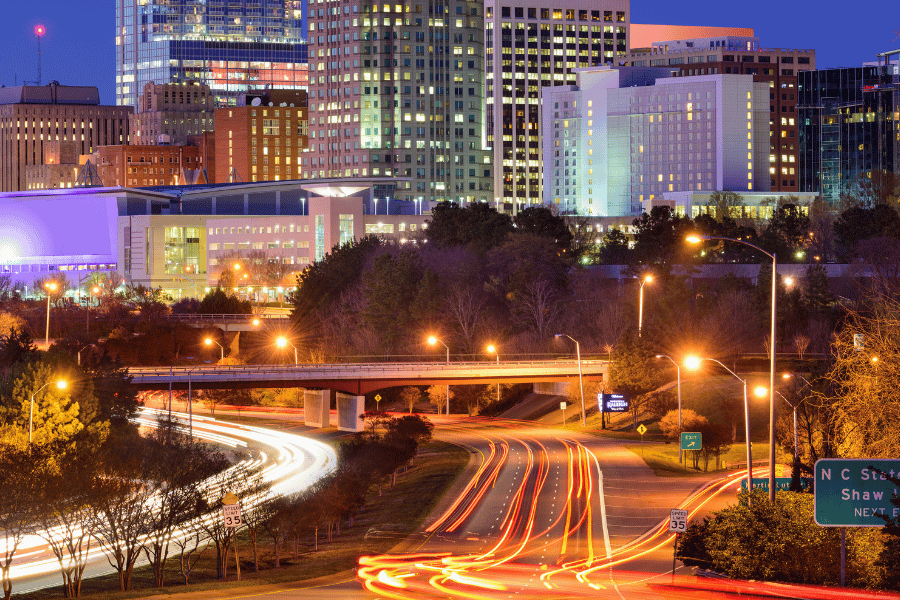
![17 Best Neighborhoods in Raleigh, NC [2025 Guide]](https://images.agentloft.com/rr-images/uploads/rr-migrated/blogs/August2024/E0Cjyqy5pGsC61lv5bGG.jpg)

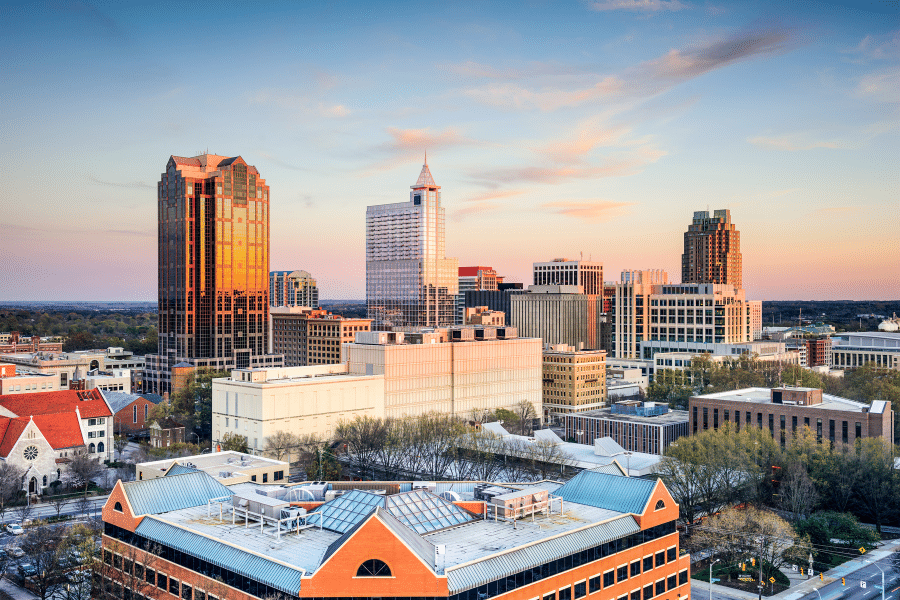
.png)


